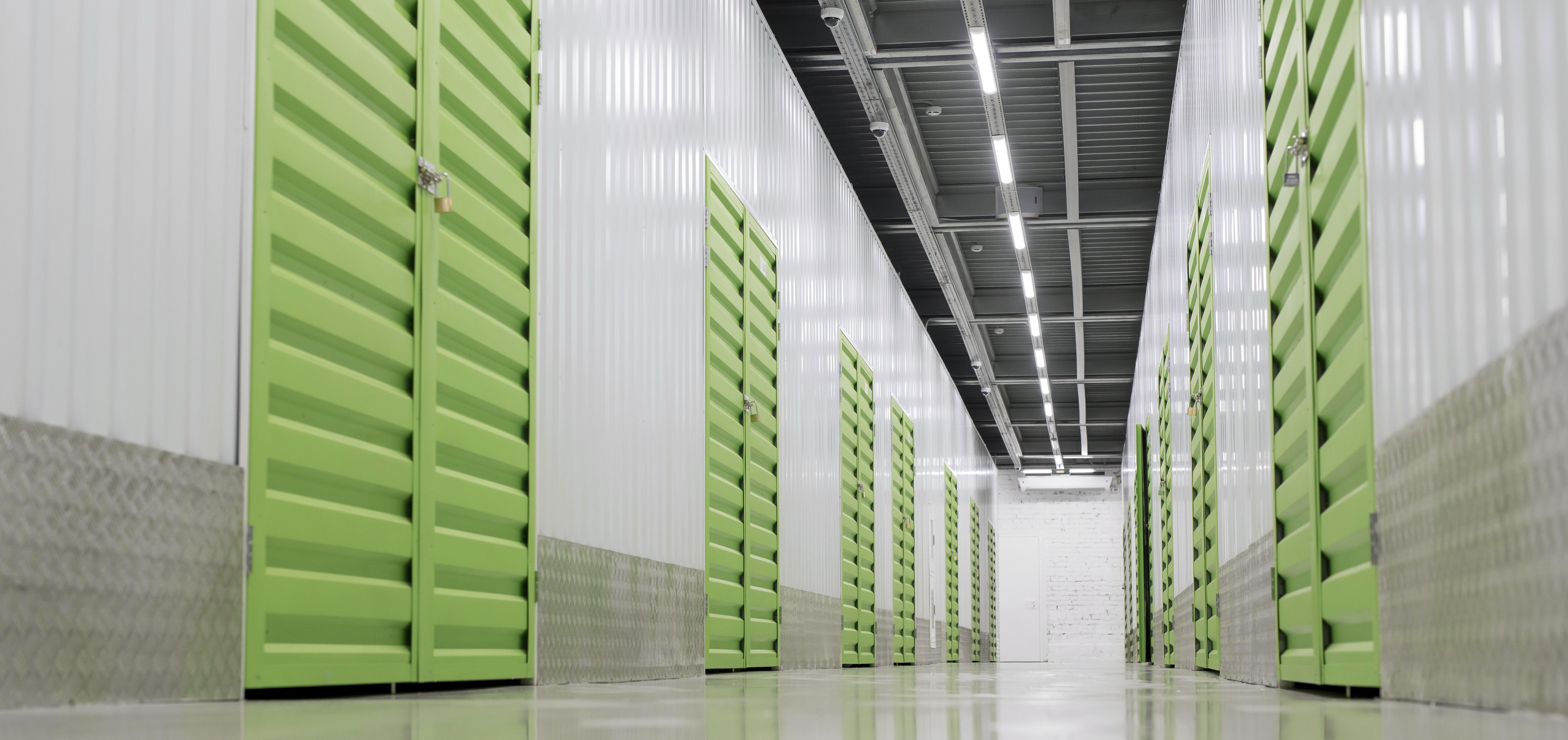Written by Aliyah Assegaf
09 May 2024

As the global landscape shifts towards sustainability, the logistics sector faces increasing pressure to adopt eco-friendly practices. Warehousing, a critical component of supply chains, is at the forefront of this transformation. There have been numerous studies recently delving into various aspects of sustainable warehousing, offering insights into its challenges, solutions, and future directions.
Optimizing Workforce and Activity Scheduling
A study published by MDPI explores rethinking traditional warehouse management strategies. Focusing on workforce and activity scheduling, the research proposes a novel solution to manage fluctuating demand and evolving customer needs. Normally, workers are assigned tasks, jobs, and activities based on a work plan. However, the study demonstrates that aligning workers' schedules with the execution of activities to manage fluctuations in workforce demand can significantly cut costs while improving efficiency. Modeling the problem after integer linear programming and Python, the proposed solution showcases tangible benefits, including lower workforce costs and enhanced resource utilization.

Cost reduction with the workforce activities execution scheduling (WAES) model in the percent of instances.

Efficiency increases with the WAES model in the percent of instances.
Greening the Infrastructure
Another crucial aspect of sustainable warehousing revolves around infrastructure. Industrial buildings, notorious for their energy consumption, pose significant environmental challenges. Farah Payel, a logistics engineer, proposes to address this issue by constructing or renovating warehouses with green practices in her research. From utilizing renewable energy sources to deploying energy-efficient lighting and equipment, the study outlines key features for enhancing sustainability. Sustainable warehousing initiatives have the potential to reduce carbon emissions by as much as 32%, with even small changes in traditional warehouse practices yielding significant environmental benefits. Although initial investment in sustainable warehousing is typically high and may face challenges convincing investors, adopting renewable energy solutions can lead to substantial long-term cost savings and environmental benefits.
Understanding Drivers and Antecedents
Understanding the motivations and factors driving sustainable warehouse practices is essential for their successful implementation. Several studies aim to establish theoretical frameworks and identify key drivers. By examining factors such as employee involvement, management commitment, and regulatory pressures, researchers provide valuable insights into the dynamics of green warehousing practices. These frameworks not only guide future empirical studies but also underscore the importance of internal and external factors in fostering sustainability within warehouses.
Innovative Solutions for Environmental Impact Reduction
Innovations in technology and operations present opportunities to reduce the environmental footprint of warehouse activities. For instance, the adoption of lithium-ion batteries for material handling equipment can significantly cut greenhouse gas emissions. Studies investigating the organizational variables influencing such adoptions shed light on practical strategies for warehouse managers. Moreover, proactive environmental strategies and green supply chain management practices play pivotal roles in improving economic and environmental performance across the logistics sector.
Challenges and Opportunities in Emerging Economies
While sustainable warehousing practices are gaining traction globally, challenges persist, particularly in emerging economies. Financial constraints, knowledge gaps, and the need for regulatory support pose significant hurdles. However, these challenges are accompanied by opportunities for innovation and growth. By addressing internal barriers and leveraging external support, companies can navigate the transition toward effective low-carbon warehousing.
Conclusion
Sustainable warehousing is no longer a choice but a necessity in today's environmentally conscious world. From optimizing workforce management to greening infrastructure and understanding key drivers, researchers and practitioners are paving the way for a more sustainable logistics sector. As the journey towards greener warehouses continues, collaboration among stakeholders, technological advancements, and supportive policies will be crucial in achieving lasting environmental and economic benefits.
Resource
